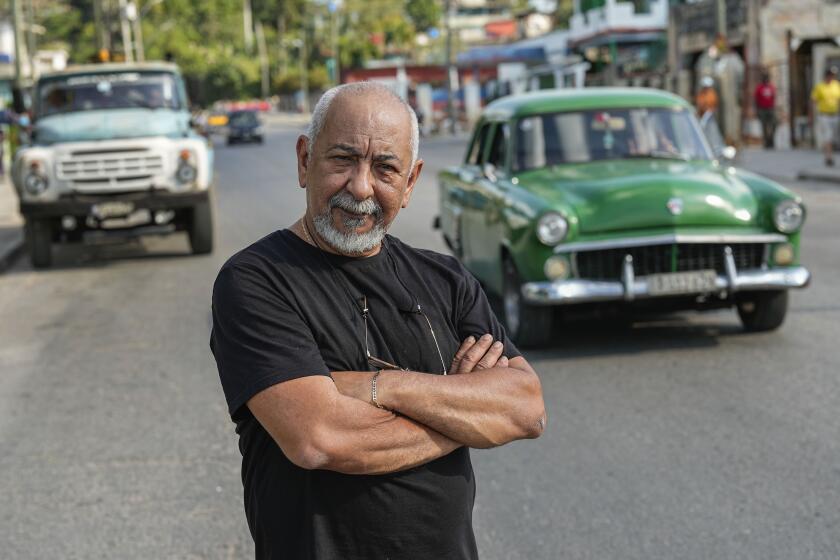Tolkien’s hobbits, orcs and elves on display at New York exhibit
Illustrations, maps and other items related to the books “The Hobbit,” “The Silmarillion” and “The Lord of the Rings” will be on display here until mid-May, part of an event billed as the most extensive exhibition of original material by famed English author and scholar J.R.R. Tolkien in many generations.
Besides writing those beloved works, Tolkien (1892-1973) also produced drawings, manuscripts, maps and other designs that reveal his vision for a world populated by hobbits, elves, orcs, dwarves and other fantastical creatures.
“Tolkien: Maker of Middle-earth” opened on Jan. 25 and will run through May 12 at The Morgan Library & Museum in New York City.
Visitors enter the exhibit through a round door that resembles the front of a dwelling in Hobbiton, the home village of Bilbo and Frodo Baggins - the main protagonists of “The Hobbit,” a children’s fantasy novel, and “The Lord of the Rings,” a three-volume epic novel, respectively.
A mural facing the door is inspired by Tolkien’s painting of the dust jacket for the first United States edition of “The Hobbit.”
The exhibit contains 117 objects, including letters, draft manuscripts, illustrations and photographs that give a glimpse into the mind behind Middle-earth in all his facets: as father, husband and author.
The exhibit shows Tolkien the father as a person who was attentive to his children and read them the first drafts of his novels.
Tolkien, who was an accomplished artist as well as a writer, would send letters to his kids in which he pretended to be Father Christmas and told them of his adventures in the North Pole.
Those posthumously released letters featured drawings of the jolly gift-giver and his toy workshop and were aimed at heightening his children’s anticipation for Christmas.
The exhibit’s numerous manuscripts and letters also provide greater insight into Tolkien’s craft as a writer, showing the process he underwent in striving to create a British mythology.
Tolkien conceived of Middle-earth as an imaginary period of our planet’s past, a universe populated by hobbits, elves, dwarves, orcs, magicians and other fantastical creatures, including a race of beings that resemble talking trees.
The exhibit contains illustrations of some of these creations, including a purple- and blue-hued mural titled “Eeriness” that shows a precursor of the wizard Gandalf - one of the protagonists of both “The Hobbit” and “The Lord of the Rings” - walking through a dark and threatening forest.
Another mural titled “Conversation with Smaug” depicts a scene from “The Hobbit” in which Bilbo Baggins speaks with a dragon that is guarding a vast hoard of gold pieces, a mountain strewn with the skeletons of would-be thieves who had dared to enter his lair.
Tolkien’s scrupulous attention to detail also is evident in various maps he drew of the different places of Middle-earth, including the realms of Mordor and Gondor and the latter’s capital city, Minas Tirith.
The renowned author’s love of languages - instilled in him by his mother before her death when he was only 12 - led him as a teenager to start devising the Elvish languages he would subsequently develop in his novels and whose first traces are apparent in the exhibition.
The Morgan Library & Museum also has organized a series of related programs revolving around Tolkien’s work, including talks, guided tours, a workshop on fantasy watercolor landscapes guided by New York City-based surrealist artist Max Greis and a Shire-themed costume party for Tolkien fans aged 21 and over.
Tickets for that latter event, which will be held on the night of April 4, start at just $25 for Morgan Members; VIH (Very Important Hobbit) tickets, which cost $100, are already sold out.
The exhibition has been organized by the University of Oxford’s Bodleian Libraries in collaboration with the Morgan Library & Museum and with the support of The Tolkien Trust.



